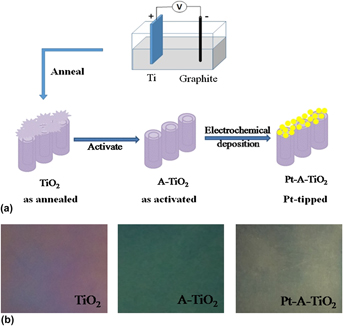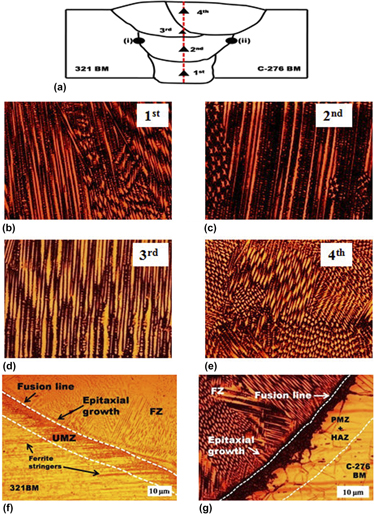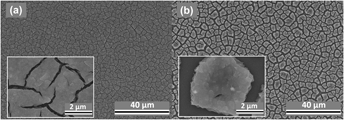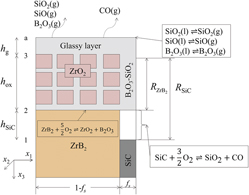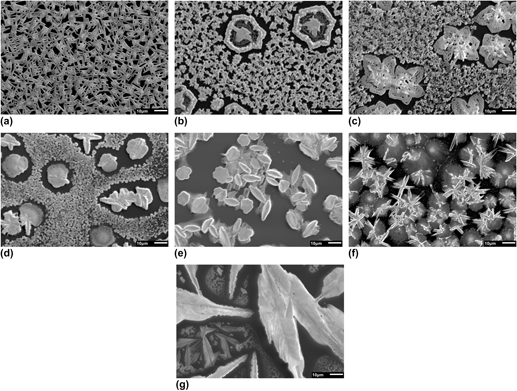Articles
Effect of a traveling magnetic field on freckle formation of directionally solidified Pb–Sn alloys
-
- Published online by Cambridge University Press:
- 13 February 2017, pp. 2045-2054
-
- Article
- Export citation
Static recrystallization and grain growth of accumulative roll bonded aluminum laminates
-
- Published online by Cambridge University Press:
- 12 October 2017, pp. 4503-4513
-
- Article
- Export citation
Synthesis, structure, and photoluminescence properties of Ce3+ and Tb3+ doped alkaline-earth silicate Sr2MgSi2O7 phosphors for WLEDs
-
- Published online by Cambridge University Press:
- 12 January 2017, pp. 547-556
-
- Article
- Export citation
Effect of Nd additions on fatigue characteristics of a cast Mg–Zn–Zr alloy
-
- Published online by Cambridge University Press:
- 09 February 2017, pp. 1083-1093
-
- Article
- Export citation
Graphene-family nanomaterials assembled with cobalt oxides and cobalt nanoparticles as hybrid supercapacitive electrodes and enzymeless glucose detection platforms
-
- Published online by Cambridge University Press:
- 27 December 2016, pp. 301-322
-
- Article
- Export citation
Invited Review
Carbon aerogel evolution: Allotrope, graphene-inspired, and 3D-printed aerogels
-
- Published online by Cambridge University Press:
- 26 October 2017, pp. 4166-4185
-
- Article
-
- You have access
- Open access
- HTML
- Export citation
Article
Elastic strain effects on the catalytic response of Pt and Pd thin films deposited on Pd–Zr metallic glass
-
- Published online by Cambridge University Press:
- 09 May 2017, pp. 2690-2699
-
- Article
- Export citation
Articles
Cyclically induced grain growth within shear bands investigated in UFG Ni by cyclic high pressure torsion
-
- Published online by Cambridge University Press:
- 25 July 2017, pp. 4317-4326
-
- Article
- Export citation
Invited Feature Paper
Distributions of kinetic pathways in strain relaxation of heteroepitaxial films
-
- Published online by Cambridge University Press:
- 11 October 2017, pp. 3977-3991
-
- Article
- Export citation
Articles
Three-dimensional porous layered double hydroxides growing on carbon cloth as binder-free electrodes for supercapacitors
-
- Published online by Cambridge University Press:
- 13 June 2017, pp. 2487-2496
-
- Article
- Export citation
Anodized TiO2 nanotubes coated with Pt nanoparticles for enhanced photoelectrocatalytic activity
-
- Published online by Cambridge University Press:
- 05 January 2017, pp. 757-765
-
- Article
- Export citation
Investigation on the multi-pass gas tungsten arc welded Bi-metallic combination between nickel-based superalloy and Ti-stabilized austenitic stainless steel
-
- Published online by Cambridge University Press:
- 22 June 2017, pp. 3055-3065
-
- Article
- Export citation
Dense and crack-free mullite films obtained from a hybrid sol–gel/dip-coating approach
-
- Published online by Cambridge University Press:
- 18 April 2017, pp. 1665-1673
-
- Article
- Export citation
An effect of crystal tilt on the determination of ions displacements in perovskite oxides under BF/HAADF-STEM imaging mode
-
- Published online by Cambridge University Press:
- 10 October 2016, pp. 947-956
-
- Article
- Export citation
Invited Articles
Processing of biphasic calcium phosphate ceramics for culturing of bone marrow stem cells
-
- Published online by Cambridge University Press:
- 04 April 2017, pp. 3260-3270
-
- Article
- Export citation
Invited Reviews
Graphene based biosensors for healthcare
-
- Published online by Cambridge University Press:
- 16 May 2017, pp. 2905-2929
-
- Article
- Export citation
Articles
Determination of the strain-rate sensitivity of ultrafine-grained materials by spherical nanoindentation
-
- Published online by Cambridge University Press:
- 06 March 2017, pp. 1466-1473
-
- Article
- Export citation
A chemomechanical coupling model for oxidation and stress evolution in ZrB2–SiC
-
- Published online by Cambridge University Press:
- 05 January 2017, pp. 1267-1278
-
- Article
- Export citation
Quasi-continuum study of the buckling behavior of single-walled carbon nanocones subjected to bending under thermal loading
-
- Published online by Cambridge University Press:
- 22 May 2017, pp. 2266-2275
-
- Article
- Export citation
Invited Articles
An X-ray scattering and electron microscopy study of methylammonium bismuth perovskites for solar cell applications
-
- Published online by Cambridge University Press:
- 10 January 2017, pp. 1888-1898
-
- Article
- Export citation











